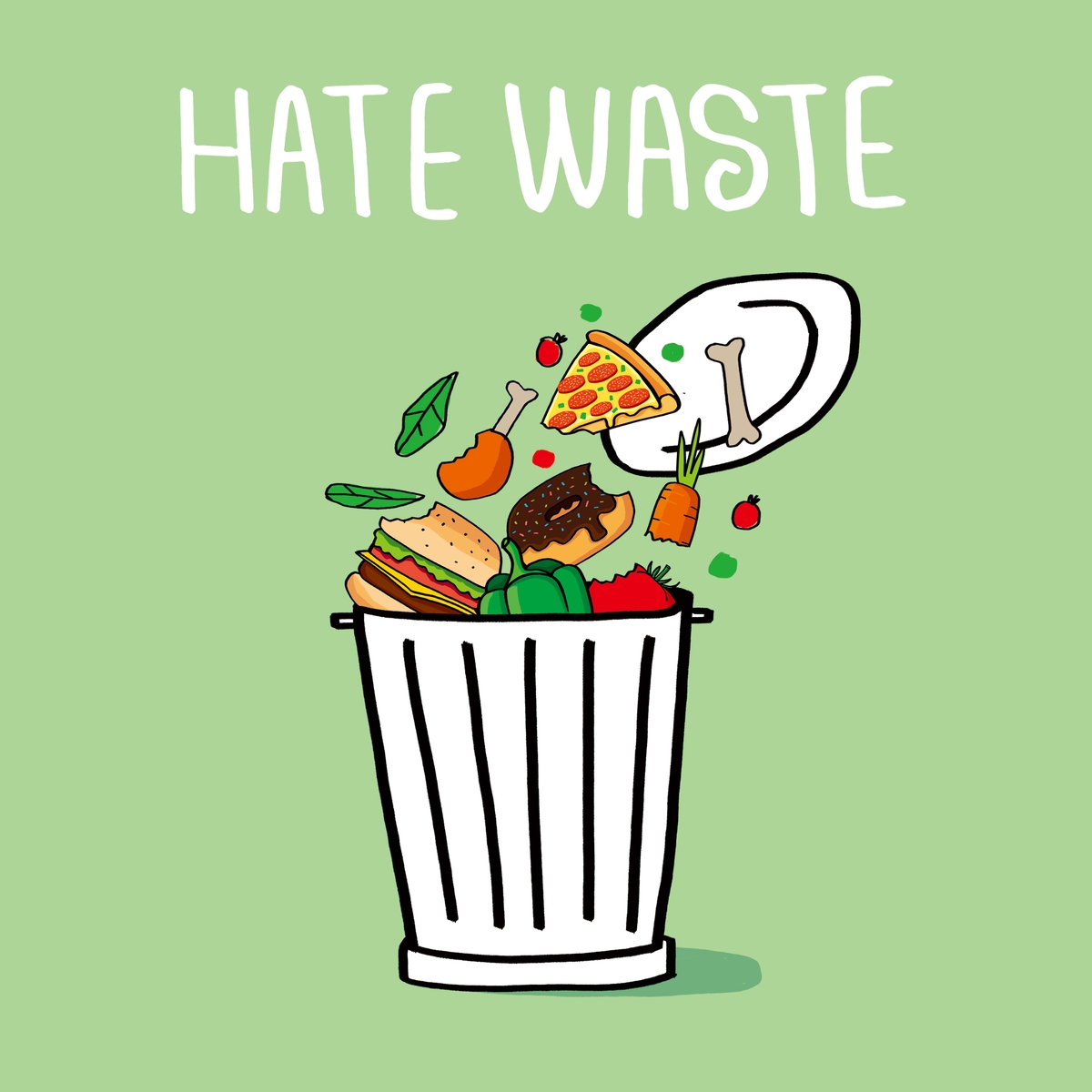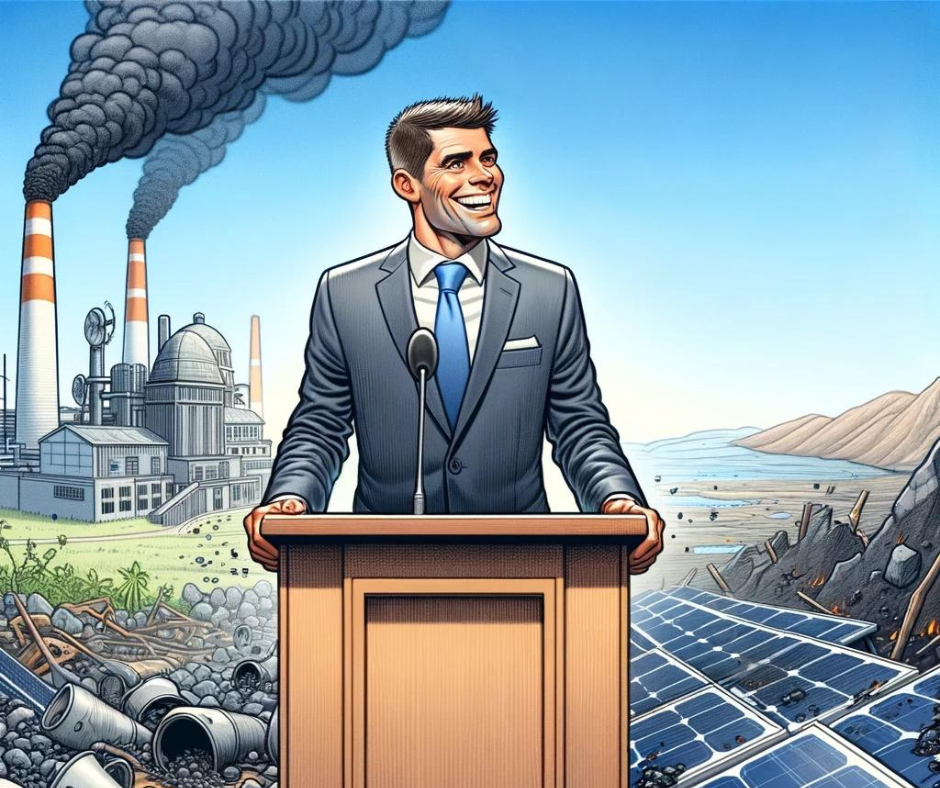WA CO2 policy needs more diversity and higher standards

Today, Governor Inslee will sign bills designed to reduce Washington’s CO2 emissions. Here are three takeaways from these bills.
1. A diversity of small and distributed solutions are better than grand, centralized approaches
The legislation being signed includes appliance efficiency standards, subsidies for electric vehicles, reducing the 20% of electricity that isn’t already low-carbon, and allowing new building energy mandates. Many of these are less than meets the eye, but there is one key takeaway: there is no silver bullet. A large diversity of solutions will be necessary to reduce CO2 emissions.
The package of policies being signed today acknowledges the reality that that many, small improvements add up to big results. Politicians and activists love to belittle the individual environmental actions because they are, purportedly, too small. Yet, whether they admit it or not, this is exactly their approach today and is the approach most likely to be effective in the long run.
We need to go even farther in this direction. Although appliance efficiency standards sound great, the effectiveness depends on how frequently people use those appliances and the cost of meeting those standards. They may work for some and be a waste for others. Personalized solutions are simply more effective because they work with people’s individual circumstances.
2. Politicians make decisions based on politics, not high standards of effectiveness
It is hard for politicians to take credit when you wear a sweater or turn down your thermostat two degrees. But, by giving away millions of dollars to wealthy owners of electric vehicles, they can claim credit for every Nissan Leaf on the road.
Turning down your thermostat actually saves energy. Subsidizing the wealthy does little if anything to reduce CO2 emissions because EV buyers aren’t price sensitive and the subsidy does little to convince them to buy the car instead of the gas-powered alternative.
In his first year in office, Governor Inslee proposed legislation that prioritized climate expenditure based on effectiveness. That approach has been abandoned. No metrics of success are used when considering policies. Instead, political considerations guide government spending.
3. Phony “green transportation”
The fiscal note for the “Green transportation” legislation, SB 2042, says it will cost state and local governments about $41 million to implement in the first biennium. For that amount of money, I could invest in carbon-reduction projects (like those found here), to remove about 470,000 cars off the road every year. Instead, we will get nothing like that amount of CO2 reduction by having the public subsidize electric vehicle purchases by the wealthy.
The irony is that the same people who argue “we can’t wait,” are the ones who promise that if we just wait, these expenditures will pay off in the future even if we could do more with those resources today.





